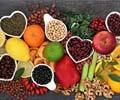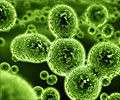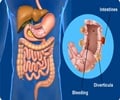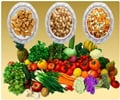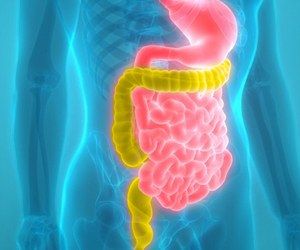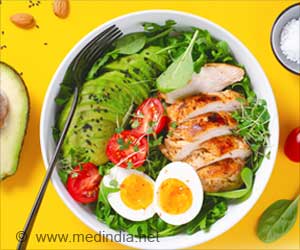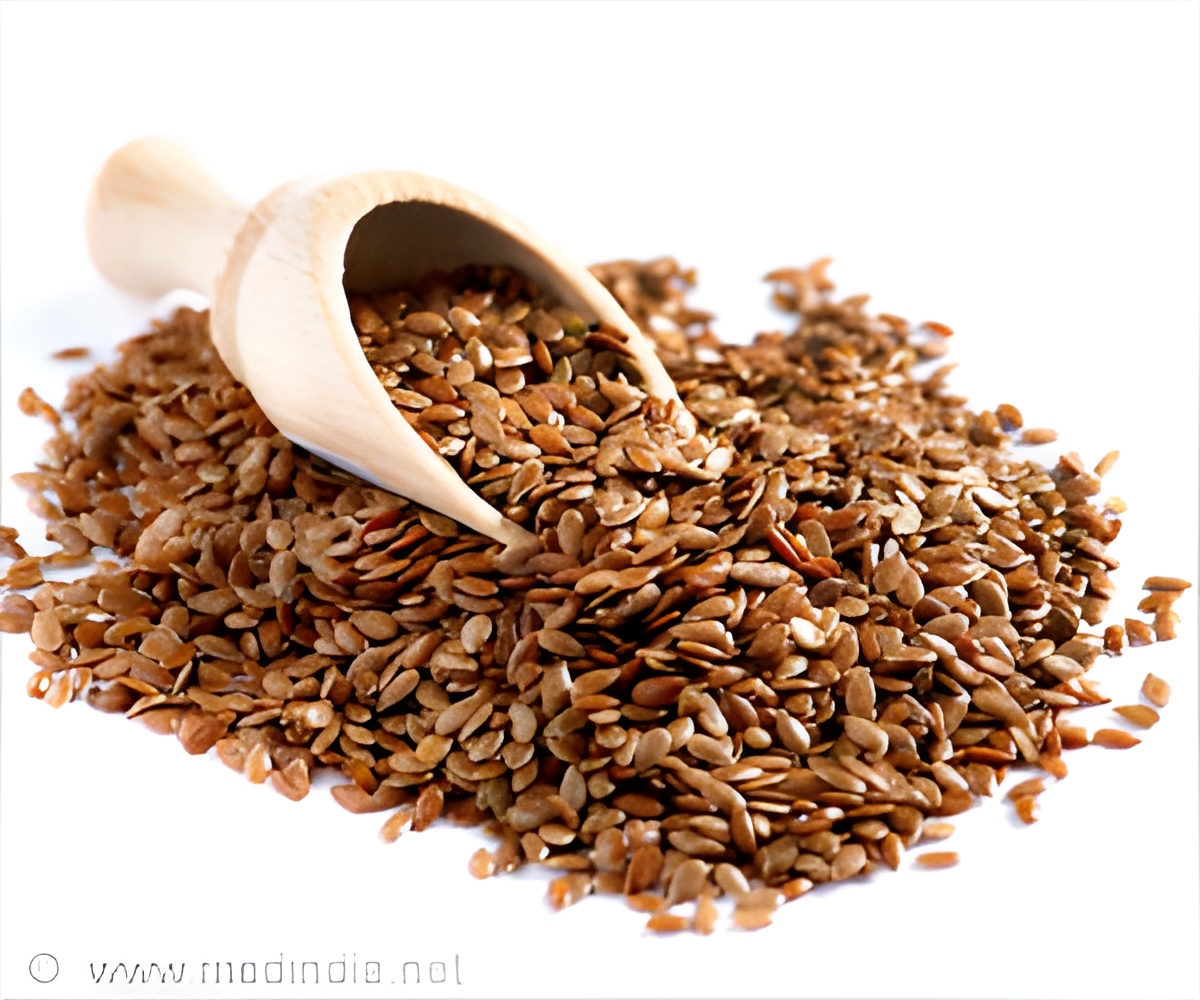
‘The absorption of drugs and nutrients in the gut depends on the size and composition of these aggregated particles.’
Tweet it Now
"When particles in the gut form aggregates it can impact the uptake of drugs and nutrients, as well as the function of microorganisms in the gut. But little is understood about how these aggregates form," says first author Asher Preska Steinberg, a graduate student in Chemistry at the California Institute of Technology, Pasadena, US. A diversity of polymers exists naturally in the gut; they include secretions (such as mucins and immunoglobulins) and dietary polymers, including dietary fibers. It is well known that host-secreted polymers can cause the aggregation of microbes through chemical binding. However, this new work shows that polymers from dietary fiber can also cause aggregation through physical interactions that are dependent on the physical properties of the polymers, such as their molecular weight and concentration, instead of chemical interactions.
"We often think about dietary fibers in the context of nutrition and feeding our gut microbes, but like all polymers, they are also governed by the laws of polymer physics. We wanted to investigate whether physical forces induced by these polymers play a role in structuring particles in the small intestine," Preska Steinberg explains.
To do this, the team first studied the interactions between polystyrene particles that were densely coated with polyethylene glycol (PEG), and the contents of the mouse small intestine. PEG-coating has previously been previously used to minimize chemical interactions between particles and biopolymers, allowing the team to focus on the role of physical interactions. They first discovered that the PEG-coated particles, which are commonly used in drug delivery, group together as aggregates within the small-intestine fluid.
Analysis of the fluid later revealed that polymers indeed contribute to the aggregation of PEG-coated particles, and that the extent of aggregation depends on the polymers' concentration and molecular weight.
Advertisement
"Instead, our results suggested that aggregation can be controlled using polymers from fibers the mice were eating," says senior author Rustem Ismagilov, Ethel Wilson Bowles and Robert Bowles Professor of Chemistry and Chemical Engineering at the California Institute of Technology. "What's more, this aggregation is tunable. By feeding the mice dietary fibers of different molecular weights, we found that we were able to control aggregation in their intestinal fluid."
Advertisement
Source-Eurekalert

